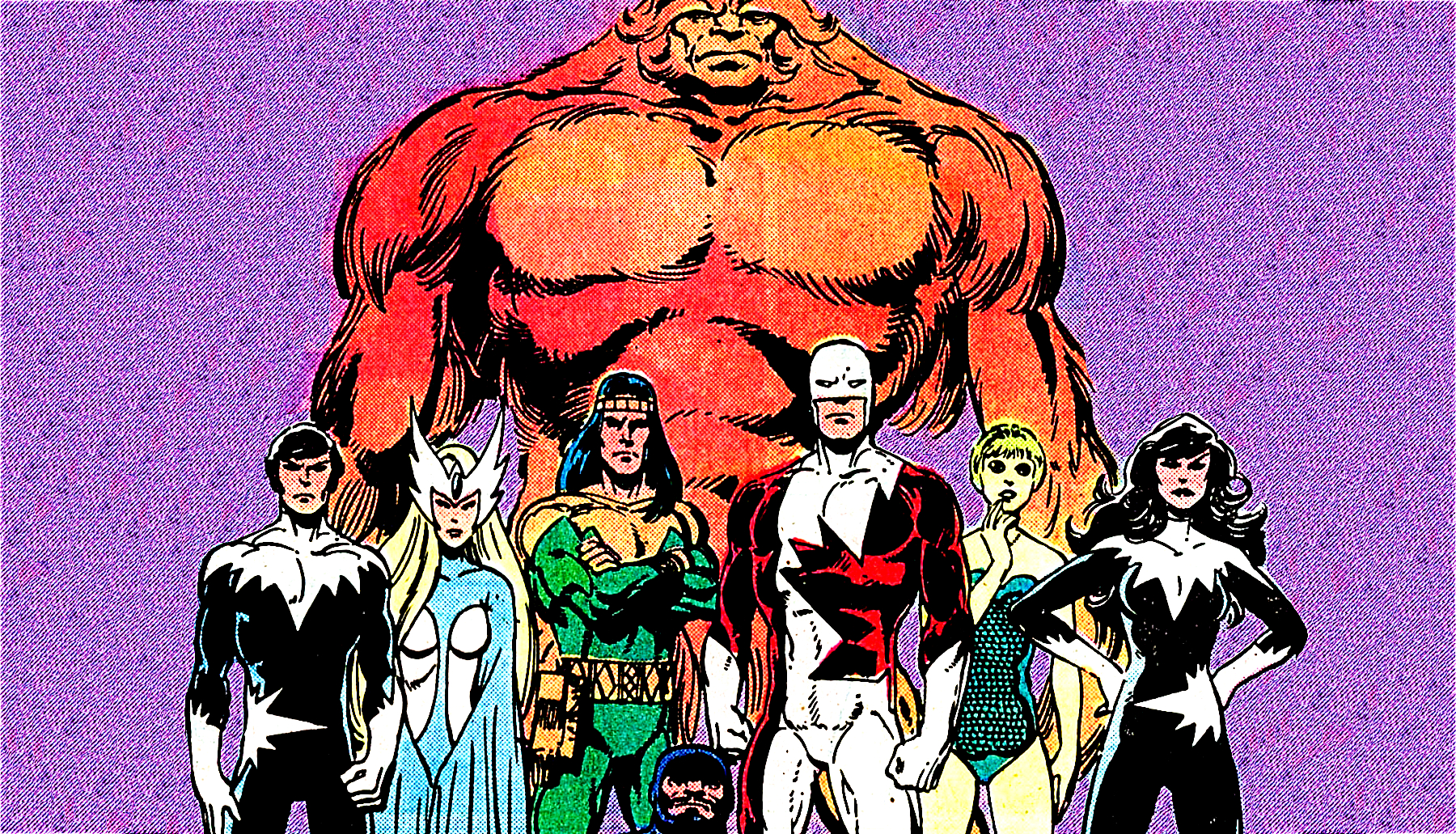Almost 40 years ago, the Marvel Comics Universe officially heralded the arrival of Canada’s foremost superhero team – Alpha Flight – with the debut issue of its first, ongoing, standalone series. It was a momentous occasion for a team that was initially created as a one-time challenge to the X-Men, but which ultimately captured the hearts and minds of fans who were impressed by how they stood up to Professor Xavier’s charges and gave as good as they got. The idea of a supremely capable superhero team that actively represented fundamental aspects of Canadian culture was something that the Marvel Comics Universe had never encountered before, and fans loved it, at least for a while.
Nevertheless, despite over a decade and 130 issues of stories, fights, and content, the first Alpha Flight series “wound down” in 1994. While there have been numerous reboot attempts in the intervening years, none have come close to achieving the success of the original run. This begs the question: What has happened to Marvel Comics Universe’s premiere Canadian superhero team?
Alpha Flight is a great example of a superhero team with tremendous potential, but for whatever reason, Marvel was either unwilling or unable to figure out how to expand their initial niche appeal to become truly relevant to the mainstream Marvel Comics fandom. To be sure, fans’ interest was piqued when they first got wind of the team via Weapon Alpha, AKA Guardian, and his attempt in X-Men (1963) #109 to repatriate Wolverine. That interest was only further deepened in X-Men (1963) #120-121, when the full Alpha Flight team not only fought the X-Men to a standstill, but also succeeded in reclaiming their target – Wolverine.
While the excitement surrounding Alpha Flight during its early issues suggested that Marvel might have bigger plans for the team, the reality was quite different. In a 2000 interview with CBR, Alpha Flight creator John Byrne revealed that he originally conceived the team as a one-time challenge for the X-Men. In other words, he never intended — or wanted — them to headline their own series. As Byrne explained, the characters were “two-dimensional” and would require significant development to become truly compelling.
Nevertheless, he acquiesced to pressure from Marvel’s higher-ups and launched the series, though he admitted his heart was never in it. After just 28 issues, Byrne left the title— and never returned. Despite his departure, Marvel continued with the Alpha Flight storyline. But without its creator, who had always considered the characters unremarkable, the team’s future seemed uncertain at best.
Superhero comic book series can fail to stay popular and relevant for many reasons. However, a key factor is often a lack of characters with whom the fandom can bond, invest in, and who can drive the series forward. In the case of Alpha Flight, a major character issue arose when John Byrne killed off Guardian, the team’s “one and only” star at the time, within a year of its debut. Guardian was famously killed trying to power down his overheated suit in Alpha Flight #12.
For fans, this was a significant blow to their continued interest in the series, as he was the face of the team and the reason many became interested in Alpha Flight in the first place. Moreover, Guardian’s replacement, his wife Heather, while offering an interesting exploration of an average person’s sudden rise to national prominence, never truly connected with fans in the same way her husband’s story did.
The team also struggled with constant fragmentation. As Marvel itself admitted, “Alpha Flight’s early stories feature several different lineups, surprise resurrections, secret clones, and so much more—making the team’s continuity extremely difficult to follow.” While Alpha Flight wasn’t the first superhero team to face roster instability, others —like the Avengers— always retained a core of iconic, well-established heroes to keep fans invested. After Guardian’s death, however, maintaining that kind of consistency became nearly impossible for Alpha Flight.
Additionally, Alpha Flight bore a notable resemblance to their longtime rivals, the X-Men. In positioning them as the X-Men’s equals, Byrne appeared to balance strengths with weaknesses, ensuring that for every ability an X-Men member possessed, Alpha Flight had an equal and opposing counterpart. However, despite their distinctive appeal, this approach ultimately made them feel somewhat redundant. This issue was further compounded by the fact that several Alpha Flight members, such as Puck and Northstar, eventually joined one of the many teams within the X-Men universe.
After the end of its original run, Alpha Flight didn’t completely disappear. In fact, beyond appearing in numerous crossover events, the team was rebooted as a series in 1997, 2004, 2011, and 2023. These efforts clearly indicate that Marvel still believes the group has potential within the Marvel Universe. However, the repeated lack of success with these reboots suggests that the core issues from the original series remain unresolved. Namely, Marvel has yet to figure out how to make a team —one that even its own creator considered “meh”— feel exciting and relevant to modern readers.
Since their debut nearly four decades ago, Alpha Flight has consistently sparked a degree of interest and curiosity, even if their series have struggled to maintain momentum. It’s certainly not impossible for Marvel to succeed with Alpha Flight. Several teams — such as the Guardians of the Galaxy — have been revitalized through bold, creative reimaginings. The key to a more lasting and consistent run seems to lie in finding a top-tier creative team that not only genuinely cares about the characters but also brings a fresh, ambitious vision for where the team could go.
Almost 40 years ago, the Marvel Comics Universe officially heralded the arrival of Canada’s foremost superhero team – Alpha Flight – with the debut issue of its first, ongoing, standalone series. It was a momentous occasion for a team that was initially created as a one-time challenge to the X-Men, but which ultimately captured the Read More

